Owners of single-family houses still know it: the building sin. Be it themed houses or fences with photo wallpapers.
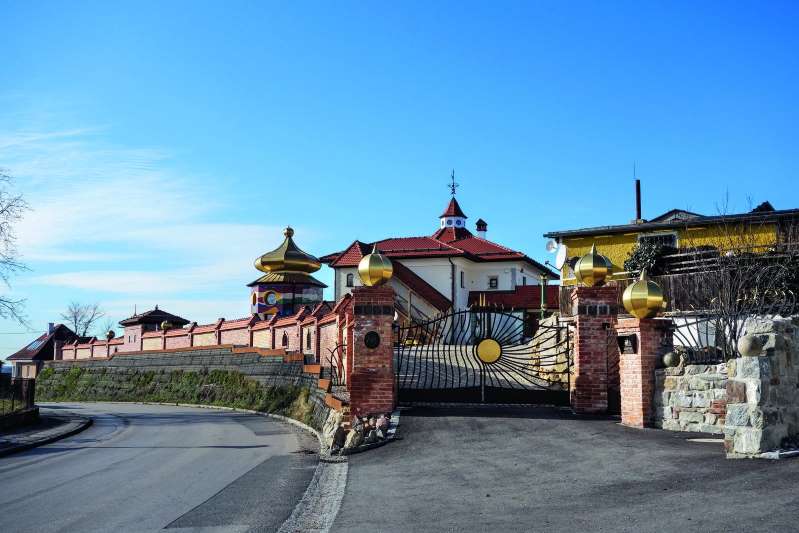
The architectural historian Turit Fröbe has been collecting building sins in Germany and Austria for 20 years. For her new book “Eigenwillige Eigenheime” (Eigenwillige Eigenheime), she looked around the suburbs and housing estates and photographed special houses and front gardens. Has she ever come into contact with the homeowners? “I try to be quick and have to stay on the sidewalk.” It has already happened that the whole neighborhood has come together and asked questions. “Many are alarmed, they think I want to spy on them. Others question why I photograph the ugly. “
The charm of building sins
The ugly, so-called building sins, are often ignored, not noticed because they are not considered worth looking at. “But they have their very own charm and beauty,” Fröbe is convinced. “We need these good building sins to loosen up the uniformity.” What makes a good building sin is distinguishability. “Most building sins have too much will to design, too much decoration.” They also arouse anger and rejection, but that's exactly why you notice them. Often they get more or less affectionate nicknames like “pink bunker” or “pharaoh's grave”.
Single-family housing estates
But which successful construction sins can be found in the single-family housing estates and suburbs? It does not always have to be a new building in which the owner or builder realizes himself, a house often becomes special through the renovation or decoration. First there are the painted variants. With a bold painting, residential buildings can be upgraded – like the house in Gera on the next page.
Excessive designs
There are particularly often excessive designs in terraced houses and semi-detached houses. The proximity to the neighbor leads to the fact that one wants to distinguish and differentiate oneself. Parts of the building that are connected to each other, such as the roof and the facade, are so strongly contrasted that it looks as if the house has two faces. Many homes reveal something about the owner's hobbies or dreams. An example of the former is the model railway enthusiast's house, every passer-by knows at first glance what the resident behind the yellow walls is doing professionally or in his spare time.
Themed houses
But there are also those houses that convey a message. The so-called motto houses, be it the southern state villa, the Tuscany house or the alpine villa. You would rather stand on the Mississippi, near Florence or on the alpine pastures in the Alps. Many a house would like to be a castle – the battlements give it away – or a castle – but are on the outskirts of Vienna. Columns are especially exciting when they are used differently than would be expected. For example, when they decorate barns and garages, or when they have a shutter box over the window.
Off-the-shelf houses
In addition to the DIY elements, there are also off-the-shelf elements. “This is the all-round carefree option,” as Fröbe calls it. “But always with the promise that we are dealing with individual solutions.” This can be the “country house” type, the “Mediterranean city villa” type or set pieces such as the ornamental fountain, artificial ruins or the stylized column, clinkered or in terracotta.
decorative plaster damage
High-gloss roof tiles are also in vogue, as are decorative plaster damage that reveals the brick wall and the trend color on the roof is currently purple. The front gardens of single-family houses are increasingly becoming a playground for homeowners. Gravel gardens with only a few plants are very popular. There are ornamental box trees, natural stone boulders, round arches, various stone figures and vessels from which gravel flows.
Wall murals
Walls and fences in front of single-family houses are also increasingly being used as projection surfaces. They are either mysterious, hardly allowing insights – or martial. The newest varieties include photo wallpapers – either as garden posters (as in Bad Goisern, page 7) or as a motif fence. If you do not want to do without the desired green, but are not patient enough to wait for the plants to grow, you can attach the motif of your choice (boxwood, laurel or thuje) to the fence. And the replacement for the hedge is ready.
Fence elements
Gabions (metal baskets filled with stones) can also be provided with a motif. This applies to gabions, which are fence elements, as well as to decorative gabions that are set up in the garden. They all have the purpose of protecting from prying eyes. Or not? After all, those who put in so much effort want their work and the loving decoration to be seen …
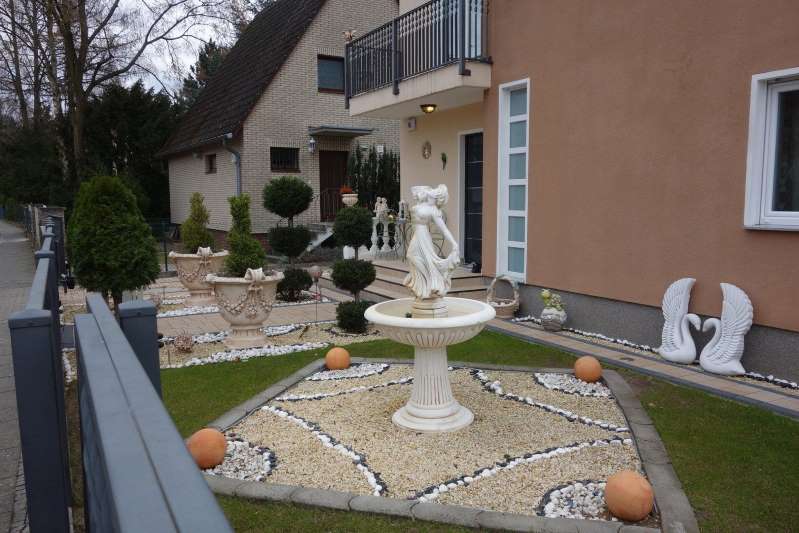
Motto garden with gravel bed, stone sculpture, ornamental fountain and topiary trees
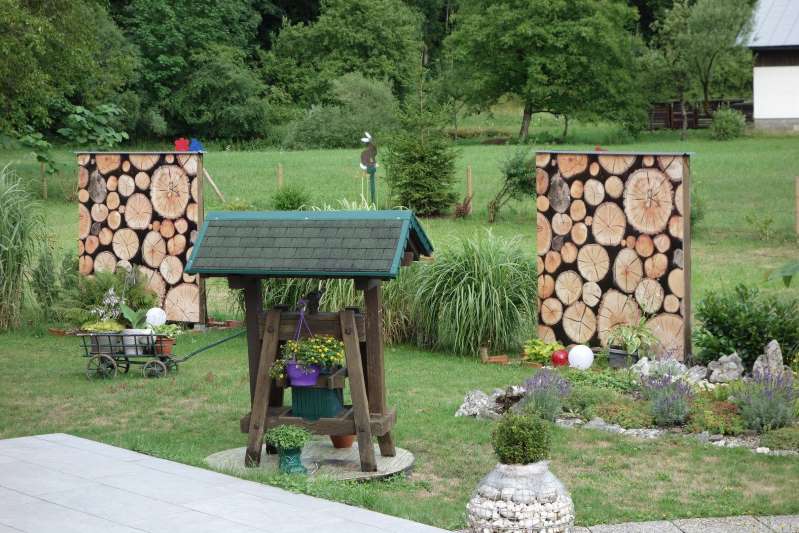
Bad Goisern: garden poster with a wooden motif as decorative elements
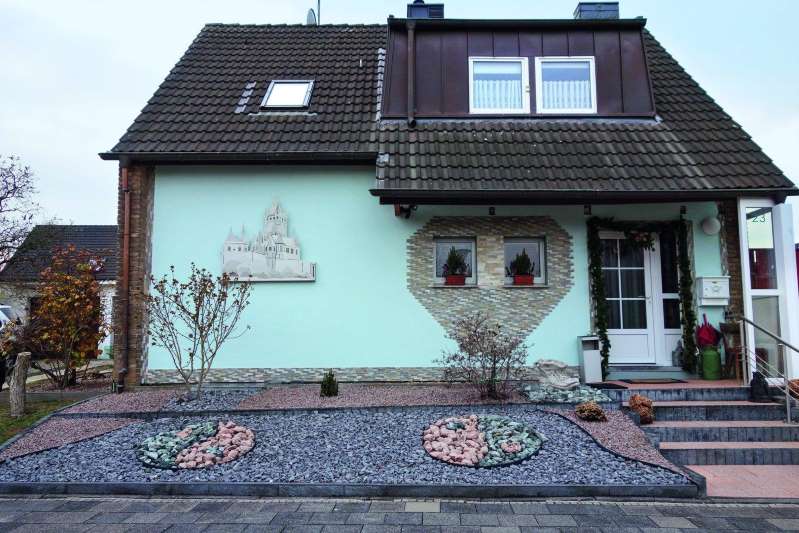
The garden and facade form a total work of art
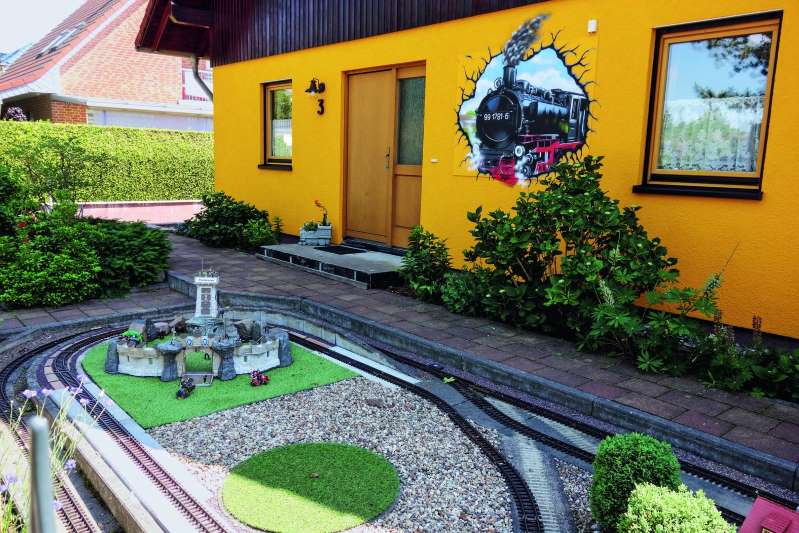
Individual: The single-family home reveals the owner's hobby
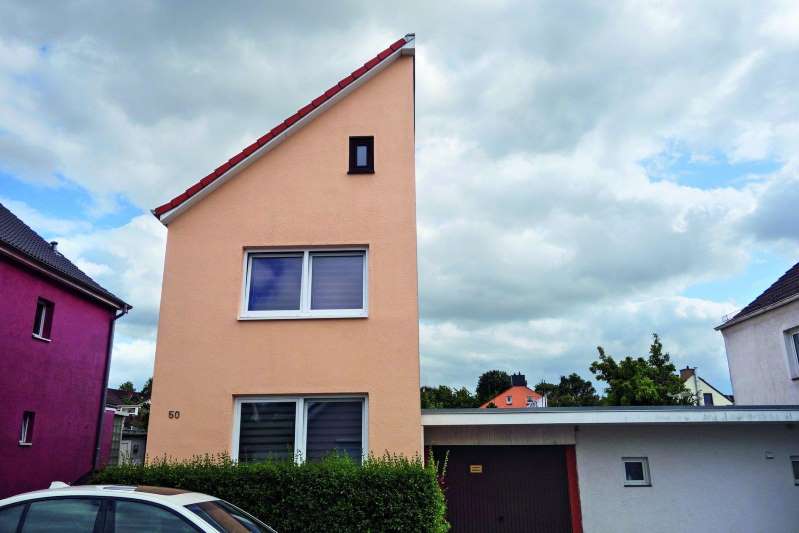
Is there something missing? The viewer tries to replace the missing part
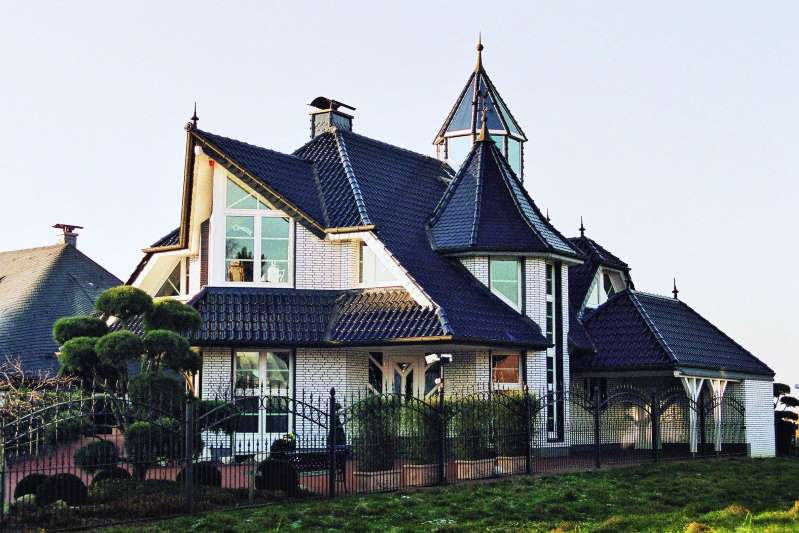
Castle ambience: turrets, topiary trees and high-gloss roof tiles
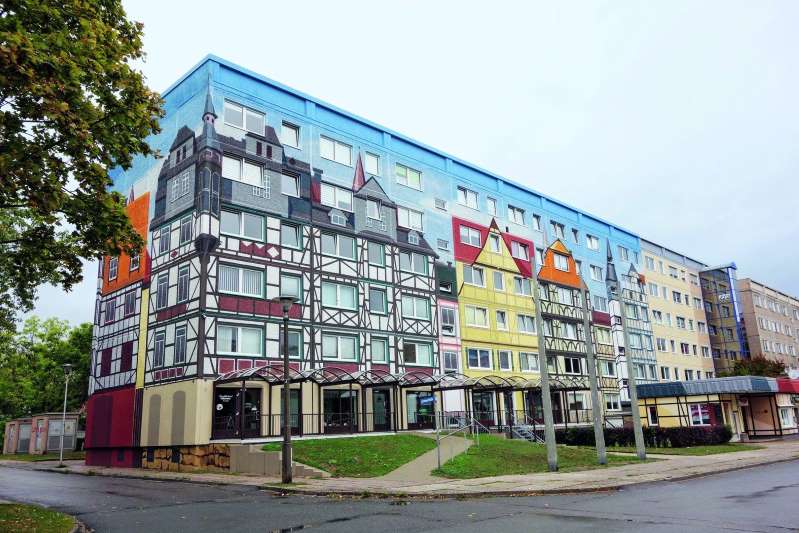
The house was subsequently embellished by painting
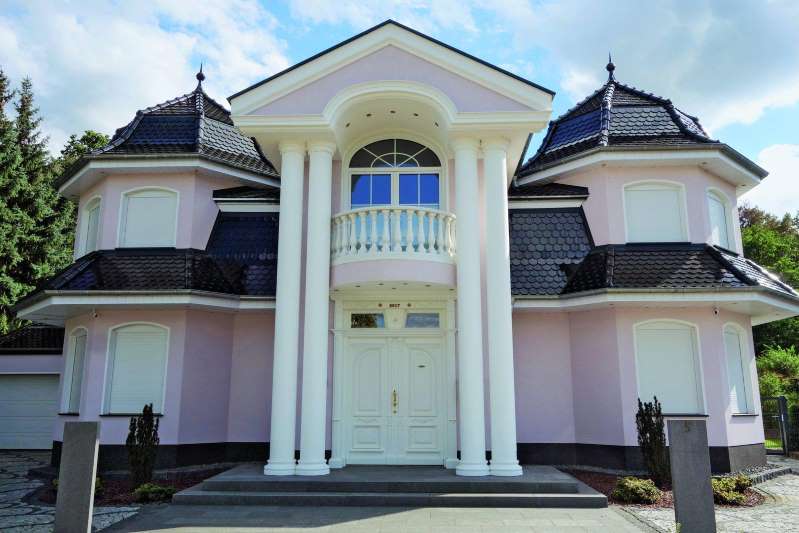
The landlord's dream of the castle came true
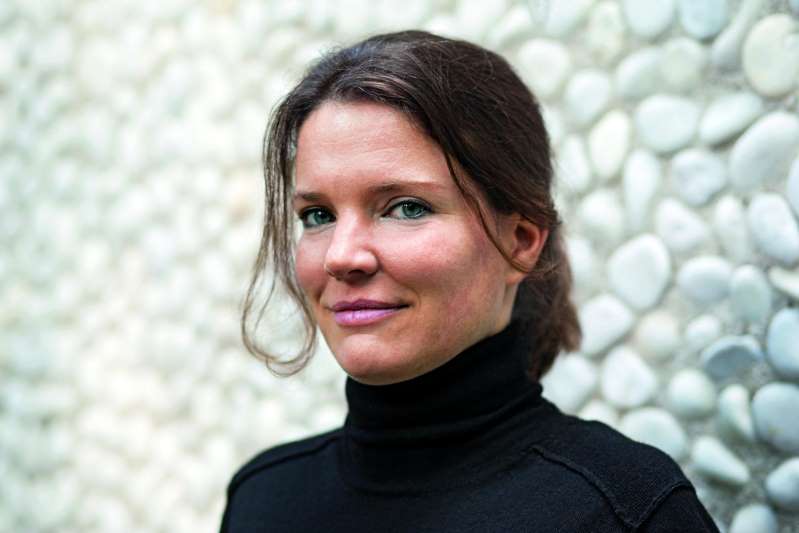
Turit Fröbe is an architectural historian, urban planner, author and founder of Stadtdenkerei, which communicates building culture and offers city tours. Her book “Alles nur facade” was published in 2018, one year later “The demolition calendar 2020: 365 building sins to tear down” and 2020 “The art of building sin” (all at DuMont). This year “Willful Eigenheim” followed.

